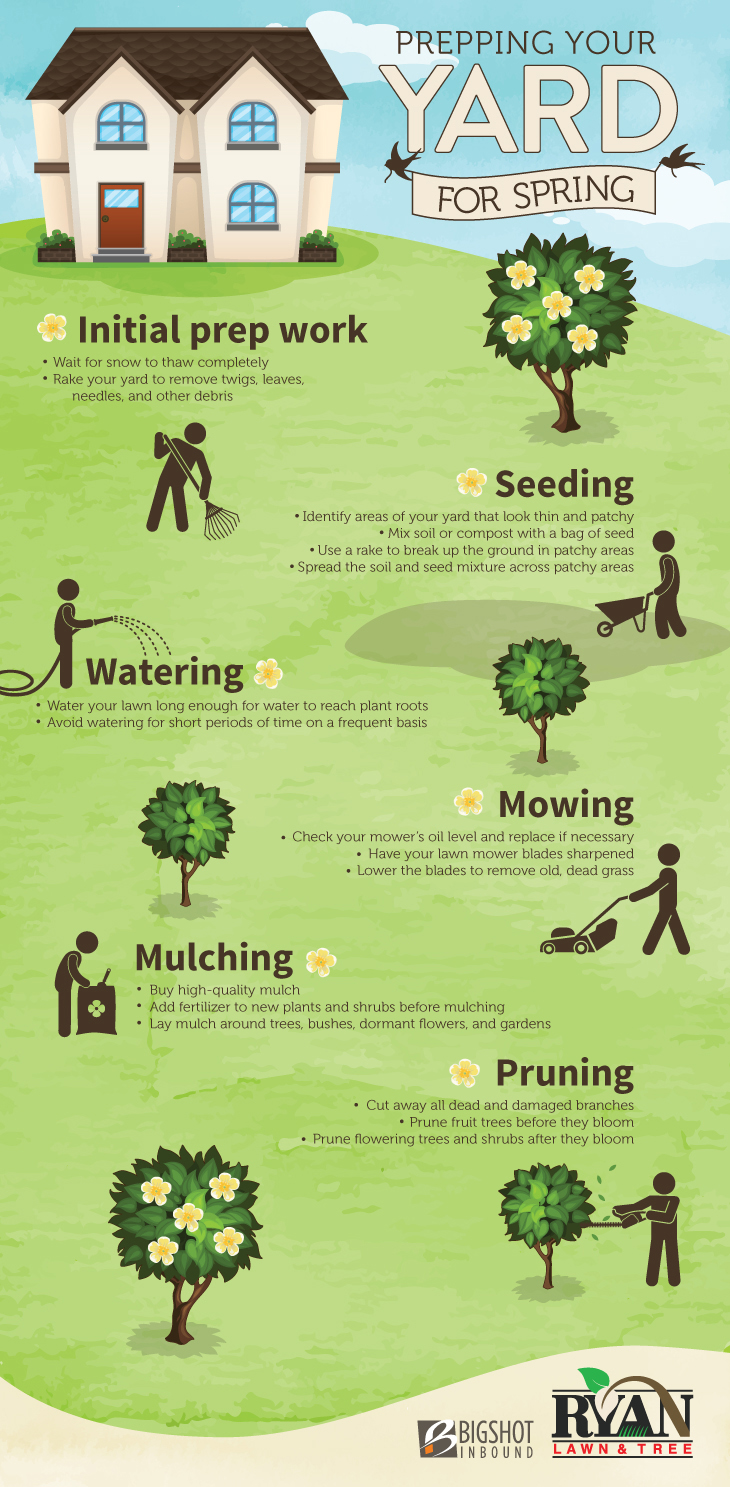Guarding Your Landscape: Replanting After Tree Elimination
Guarding Your Landscape: Replanting After Tree Elimination
Blog Article
Write-Up Created By-Breum Gravesen
Tree elimination can leave a space in your landscape that needs filling. https://truckingcompaniesthattrai76431.howeweb.com/29889602/signs-it-s-time-to-remove-a-tree-a-homeowner-s-guide can plant something brand-new in that area, yet it takes additional treatment and focus at the beginning to aid it grow.
The dirt in that location will maintain transforming in time as microbes break down the old roots. That can affect the nutrient balance and physical area for new development.
Soil
The dirt in a story where a tree has been eliminated is most likely to be extremely various from the remainder of your garden or lawn. The roots of the old tree and the stump will have changed the soil, getting rid of some nutrients and potentially crowding out various other plants. In addition, if the previous tree was unhealthy, the infectious representative may still be in the ground.
The existence of roots promotes a rich and varied community of soil bacteria that enhances necessary processes like vitamins and mineral biking and organic matter disintegration. Without these microorganisms, the displaced soil can end up being much less fertile and nutrient-depleted, with an adverse impact on plant growth.
Prior to replanting, the soil needs to be removed of particles and natural product (such as timber chips from stump grinding). You may want to mix in potting soil or native dust with this garden compost to supply your new growing with a setting that is well balanced and packed with nutrients.
Water
Tree roots soak up big quantities of water from the soil. This process also adds nutrients back to the soil, especially nitrogen, which is crucial for new trees and plants. Sadly, old soil can be depleted of these crucial minerals due to the rotting origins and stump from an eliminated tree.
This is why it is essential to have a plan for the future of your landscape. Preferably, the best time to plant is when you have a fresh start.
Whether you're planting grass or flowers, make sure to utilize a soaker pipe to stay clear of overwatering your new landscape design. If the area was a yard, make sure to cover the soil with organic compost to aid maintain moisture in the dirt, regulate dirt temperatures and suppress weeds. This likewise provides a layer of defense for young plants and advertises worm activity. Then, routinely replenish the compost to proceed boosting the dirt nutrient thickness and microbial life. This is referred to as soil remediation.
Light
Trees are a wonderful enhancement to any kind of landscape, supplying color, aesthetic pulchritude, and several other advantages. Nevertheless, in some cases trees come to be undesirable as a result of a variety of factors, including disease, pest infestations and natural aging.
In such situations, it might be needed to remove a tree. It is very important to think about the worth of a certain tree in your landscape design and take the correct actions to guarantee that the removal is done safely and efficiently.
Throughout the late summertime, it's a perfect time to do upkeep and examinations on existing trees. Search for indicators of illness, insect invasions, or structural damages, as well as any prospective risks such as weakened or leaning trees.
Before starting any construction projects, be sure to shield the origin areas of existing trees by avoiding dirt compaction and grading around them. Raw material, as it breaks down, can produce noxious gases that are destructive to the roots of a tree. It's additionally an excellent idea to mulch the area around a tree after building has ended up to preserve moisture and subdue weed growth.
http://kokomoperspective.com/kp/lifestyles/prune-a-tree-properly-to-keep-it-healthy/article_02bfbb2c-430b-11e8-87df-b36e0d585e28.html are important to a landscape for their aesthetic appeal, yet they additionally play a vital function in the regional environment by offering shade and windbreaks. They sustain wildlife habitats and decrease the quantity of carbon dioxide airborne, which can add to international warming. This is why it is a good idea to replant trees after removing one from the residential or commercial property.
When replanting a brand-new tree in the location of a previous stump, the soil might not have adequate nutrients to sustain it. It is best to wait on a year before growing to ensure that the dirt will be abundant in nutrients.
To make sure that replanted trees thrive, it is critical to give them with proper care. A layer of mulch will certainly maintain dirt wetness from evaporating, control soil temperature, and assistance subdue weeds. Organic compost is the preferred selection since it enhances dirt fertility. Ongoing fertilization and pest control are also necessary for replanted trees.